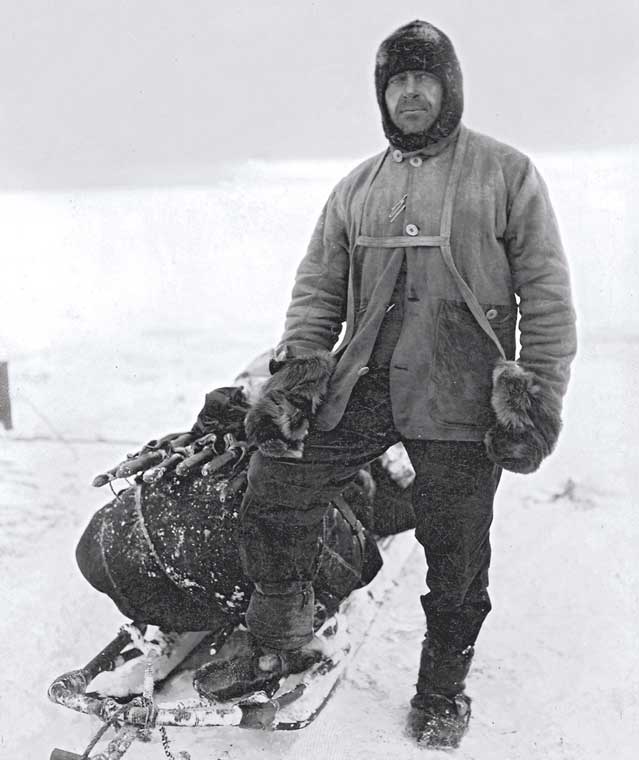After his 1912 death, Robert Scott became a national hero in England, while Roald Amundsen mainly became a footnote in Scott’s hagiographies, despite having reached the South Pole first and coming home alive. All that changed with Roland Huntford’s 1979 Scott and Amundsen, an exhaustive account of the explorers’ race to the pole. Huntford was one of the first English-language historians to read Amundsen’s journals in Norwegian, and he rightly reclaimed Amundsen’s legacy from the dustbin. In doing so, he also famously attacked Scott, trashing him for everything from poor planning to inept leadership.
Some recent writers think Huntford overdid it. Chief among them is British adventurer Ranulph Fiennes, who is often considered the world’s greatest living polar explorer. (He was the first to reach both poles over ice and the first to cross Antarctica on foot.) Fiennes argued in his 2003 book Captain Scott that Huntford “presented himself as a man with practical snow and ice experience” that, in fact, he didn’t have. Fiennes argues that Huntford demonstrated “his ignorance of polar regions with statements like: ‘[At] about -40 C … each breath burns like fire.’ I have man-hauled at -50 C and have never experienced this Huntford phenomenon.”
There’s no question that Scott made errors in judgment, the two most crucial being that he placed his supply depots too far apart and that, at the last minute, he took five men along on his final pole push when there were only enough provisions for four. Rather than dogsledding, as Amundsen did, Scott primarily used ponies to lay out supply depots and then planned to man-haul to the South Pole, a technique that had worked relatively well for Ernest Shackleton three years prior. Huntford, however, claims that “the ponies alone, totally unsuited to the conditions … bear witness to Scott’s inability to grasp the implications of the cold.” But as Fiennes points out in Captain Scott, Scott never intended to use the ponies for anything other than hauling provisions to supply depots, a feat they accomplished.
Ultimately, what killed Scott and his pole team was probably a combination of starvation and a severe cold snap. Atmospheric scientist Susan Solomon, in her 2001 book The Coldest March, says that “Scott and his men struggled through three weeks when almost every daily minimum temperature was a bitter and debilitating 10–20˚F colder than what can now be shown to be typical.” Amundsen’s plan of attack for surviving these conditions worked best, obviously, but for legions of exploration buffs who still admire Scott, the Brit’s fortitude and bravery endure.


